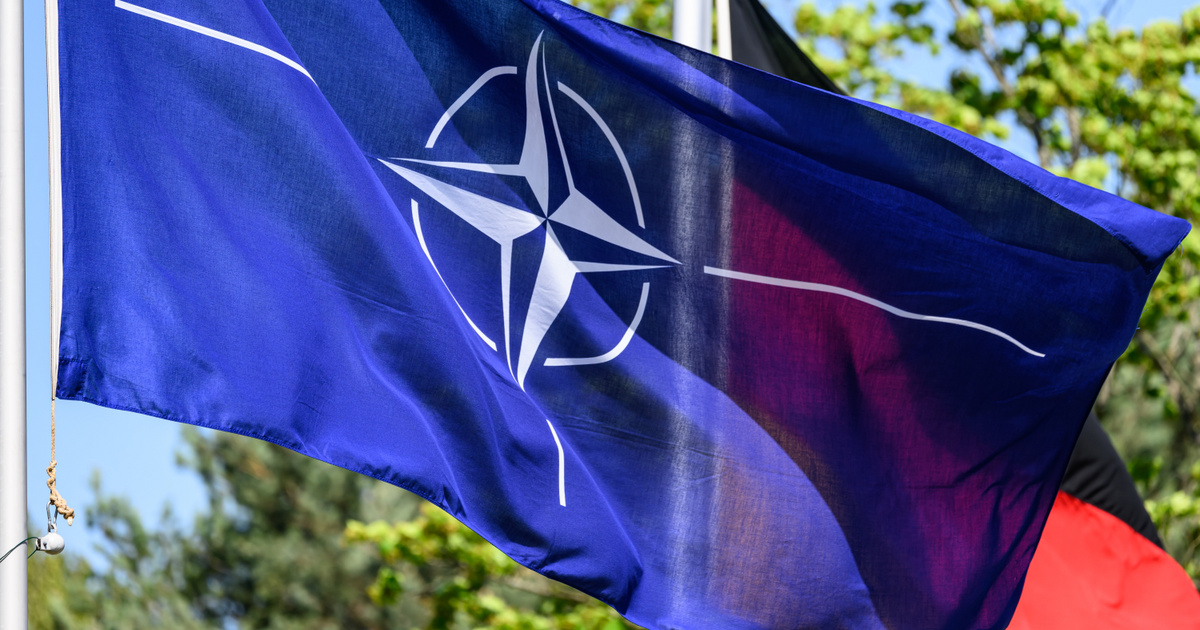INF, which was terminated five years ago. (intermediate-range nuclear forces)– The treaty is no longer binding on the United States, so they agreed with Germany to install long-range weapons. This shows their commitment to defending NATO and Europe, the representatives of the United States and Germany announced in a statement on Wednesday. Reuters.
The partial deployments by the United States are in preparation for long-range development of weapons such as the SM-6, the Tomahawk cruise missile, or hypersonic weapons under development that have longer ranges than their current European counterparts.
Anti-aircraft missiles with a range of more than 500 kilometers were banned until 2019 under the 1987 Intermediate-Range Nuclear Forces Treaty, signed by Soviet leader Mikhail Gorbachev and U.S. President Ronald Reagan. It was the first time the two superpowers agreed to reduce their nuclear arsenals and eliminate an entire class of weapons. In the 1990s, Germany, Hungary, Poland, and the Czech Republic also destroyed their missiles, followed later by Slovakia and Bulgaria. In 2019, the United States withdrew from the INF Treaty, claiming that Moscow had violated the treaty, citing Russia’s development of the ground-launched 9M729 cruise missile, known to NATO only as the SSC-8.
The Kremlin has repeatedly denied the accusations, and then imposed a ban on the types of missiles it developed that were previously banned under the INF Treaty, namely ground-launched ballistic and cruise missiles with ranges of 500 to 5,500 kilometers.
In late June, Russian President Vladimir Putin said Moscow should continue producing intermediate- and short-range nuclear missiles after the United States acquired similar types for Europe and Asia. Putin said Russia would definitely not deploy such missiles, but the United States continued to manufacture them and then ship them to Denmark and the Philippines for testing.












































